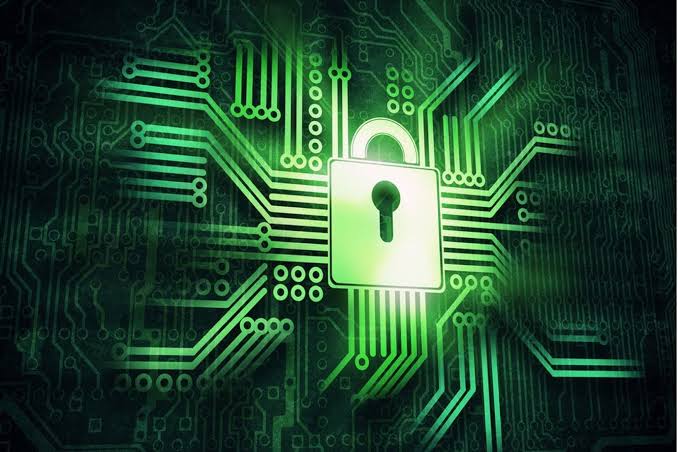Most researches and studies have proven that malware infections are declining but that does not mean that you should take them lightly because they can come back to haunt you when you least expect them. While other types of cybersecurity attacks are on the rise, malware infections are not that big of a threat that they used to be in the five years ago. To give you some perspective, here is a stat that will blow your mind.
According to Cybersecurity Venture, cybersecurity attacks will cost businesses $6 trillion dollars by 2021. Yes, these are staggering numbers and are enough to give business owners some sleepless nights but thankfully all is not lost. You can still do a lot of things that can protect your business from malware infections. That is exactly what we will discuss in this article.
In this article, you will learn about eight easy ways that can help you prevent malware infections.
1. Update Everything
Whether it is your operating system, browser or plugins, make sure you keep everything updated. Install updates as soon as they are released from a software provider. This will help you plug in all the holes and vulnerabilities in the older versions before hackers can exploit them. Cyber attackers are always looking for those vulnerabilities and when they find one, they use it as a ladder to intrude into your system and infect your systems with malware.
2. Implement Multi Factor Authentication
You might have heard experts emphasizing on the importance of having a strong password. They might tell you that businesses should implement a strong password policy and force their employees to set stronger passwords that contains a combination of alphanumeric and special characters. Frequent data breaches where account details of users have been stolen have made this advice useless.
Implement multi factor authentication to add additional layers of security. This means that even if the hacker succeeds in getting access to your password, they won’t be able to access your account. Yes, it might make logging into your account less convenient, but it is the step in the right direction from the security standpoint.
3. Connect to Secure Networks
Everything is connected to your organization network whether it is laptop, servers, databases anything else. This means that securing your network is essential and most business do a good job at it. The problem occurs when employees connect to unsecure public Wi-Fi networks, Hackers are waiting for such an opportunity and pounces on it in a flash. Avoid connecting to public wireless network as your security and privacy can easily be compromised. Even if you have to use public Wi-Fi, make sure you turn off sharing and use a VPN, so your browsing session stays private.
4. Log out of your Accounts When Done
How many times have you left your seat without logging out of your account? How many times you have left your phone on the table without locking it? We all have been guilty of this and in some cases, we can get away with it too. Make it a habit to log out of your accounts when you are not using them so they can not be accessed or misused by someone else. Use a pin or pattern lock or even better a fingerprint or face unlock to lock your phone. This will keep you data safe even if an unauthorized person gets physical access to your device.
5. Read Emails Carefully
Phishing attacks and other social engineering attacks are growing at a rapid pace. A cyber attacker might send you an email with a malicious link. When you click on that link, you will be directed to a page that looks like a popular website. Once you enter your details, they are stolen by hackers. Avoid clicking any links sent to you via email and never share your personal or financial information with anyone. Use spam filters to block spammy and malicious emails.
6. Backup, Backup, Backup
Yes, you have decided to buy VPS server or dedicated server to deliver the best performance, but a DDoS attack can bring it down to its knees. Similarly, you might have state of art data centers, but it won’t protect you from a ransomware attack. There is nothing worse for a business than to lose access to their most critical data. That is why it is important to take backup of your data. You can even automate the process if it seems daunting. Having a data backup at your disposal offers you the peace of mind and let you restore everything back to normal even in case of a cyber-attack.
7. Create a Multi-Layered Security Architecture
Lastly, make sure you create a cybersecurity policy. Use wide range of cybersecurity tools such as antivirus, anti-malware, anti-ransomware, spyware and anti-exploit technology to guard against latest cybersecurity threats. Keep them updated because these tools use their virus or malware definition to protect you against cyberattacks. If the virus definition of these programs is outdated then, they won’t be able to protect you from them. Install a firewall that acts as a gatekeeper for your network and only allows legitimate traffic to pass through and block illegal traffic.
Conclusion
Cyber attackers always look out for small window of opportunities which they can use to deliver sophisticated malware or launch other types of cybersecurity attacks. As a business, you should not provide them that. Steps like installing security software, keeping everything updated and implementing two factor authentications minimize the risk of malware infection.
Taking regular backups can minimize the impact of ransomware attacks. Follow the best cybersecurity practices and hackers will struggle to break into your systems and fulfill their malicious designs. By following the aforementioned steps, you can prevent malware infections and other types of attacks as well.
How do you protect your business from malware infections? Feel free to share it with us in the comments section below.

